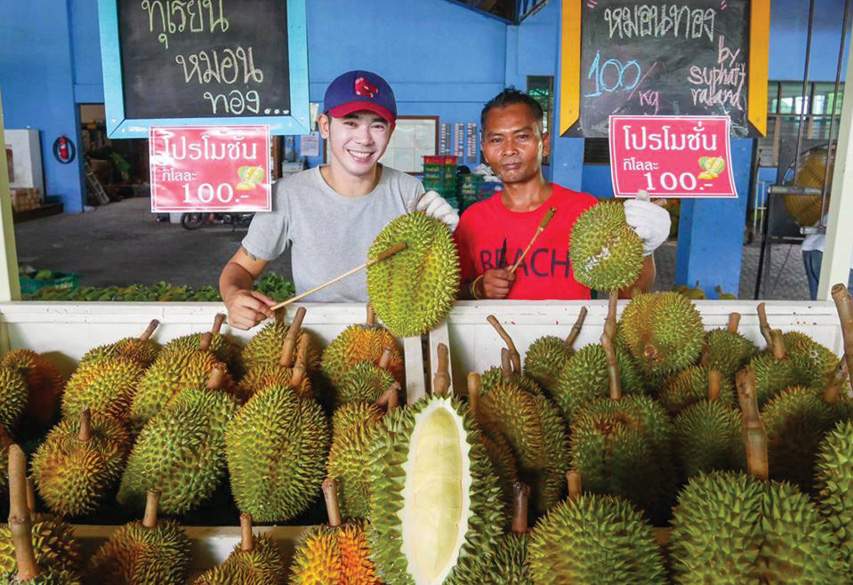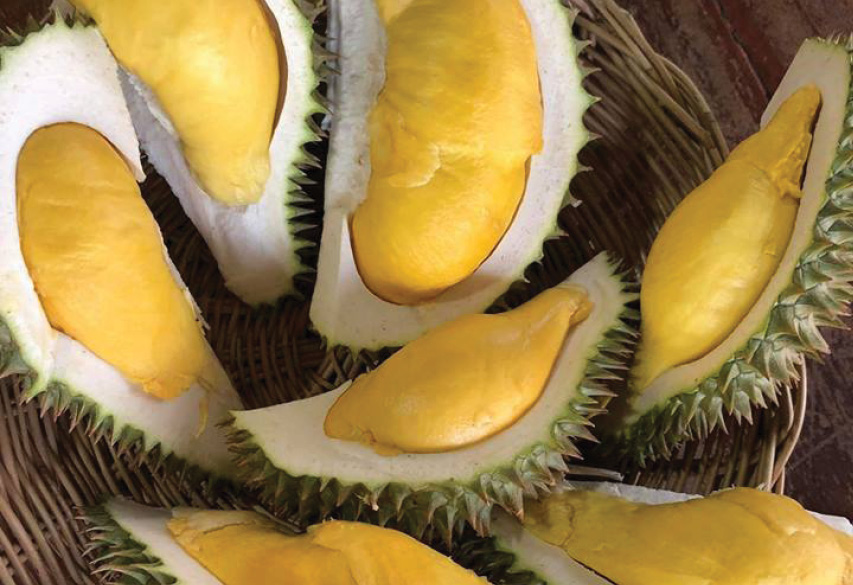Durian 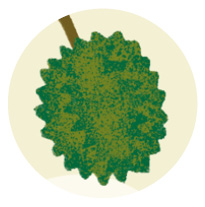

Thailand’s mighty king of fruit rules supreme thanks to its notoriously powerful flavor and smell. They say you either love it or hate it, but for those who are undecided, now’s the time to give this buttery, creamy beast another go. When it comes to different varieties, each offers a slightly different texture: opt for Monthong for the sweetest and butteriest taste (from B80-B150/kg), Chanee for a rich flavor and fragrance (from B65-100/kg) and Gaan Yao for the creamiest of all (from B70-120/kg).
Try these dishes: Remember last year, when Pizza Company launched their controversial durian pizza? Outrageous! Durian’s place is clearly in desserts, so head to
Water Library Brasserie (5/F, Central Embassy, 1031 Phloen Chit, 061-825-2532), where they’ve set up “Durian Corner” just for the summer with decadent durian panna cotta (B90), durian mille feuille (B120), durian financier cake (B120), durian caramel pudding (B90), durian kaya bread (B120) and even durian soft serve (B90).
Longan 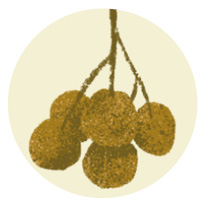

Encased in a light brown shell, these bite-size balls of sweetness make for a perfect snack. When in season, this fruit can be found very easily for around B35-40/kg, though the plumpest, juiciest varieties may cost up to B50/kg.
Try these dishes: Because longan is so juicy and sweet, and has a very light smell, it’s often used in Thai desserts like the popular sticky rice pudding with coconut milk, which can be found at any typical Thai dessert spot and street-side carts—try it for just B25 at
Jim Kanom Thai (The Old Siam Plaza, Tri Phet Rd., 081-557-3761), or sample it in cake form (B95), layered with young coconut and fresh longan frosting, at
Wantong Cafe (Chatuchak Market, Section 26 Soi 1/4, 088-885-7751). At supermarkets, you can also find dried longan.
Lychee 

Packing in the sweetness of grapes, tart citrus undertones and floral notes, this complex fruit makes for the most refreshing summer treat. Plus, it costs a very reasonable B35-40/kg when in season.
Try these dishes: Why mess with something so perfect? We recommend simply buying a bag from a street-side fruit stand and eating them as they are.
Mango 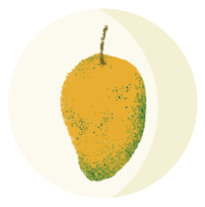

There are many different types of mango grown across Thailand, but only a handful of favorites: khaio sawoei, rad paet, ok rong and the most popular, nam dok mai, whose sweet, smooth flesh when ripe is out of this world (usually B50-100/kg).
Try these dishes: Over at
Le Du (399/3 Silom Soi 7, 092-919-9969), a jazzed up version of mango-sticky rice with a smoked coconut ice-cream is center of attention right now (part of the tasting course menu B3,590). Thirsty?
R.Haan’s (131 Sukhumvit Soi 53, 02-059-0433) signature cocktail, Thongkum (B380), sees a Thai spirit mixed with mango and lime juice.
Mangosteen 

You can’t have a king without a queen, and who other to take the throne than this juicy, succulent orb. Mangosteen’s pleasantly sweet flesh comes with a light, underlying zing of tartness. It’s very much like a crossbreed between a peach and a lychee with its soft, distinctive floral scent. It usually goes for an affordable price of B35-B45/kg when in season, though gets ridiculously expensive the rest of the year, so get ready to gorge.
Try these dishes: You might be familiar with the refreshing sala (snake-skin pear) braised in syrup and served with a crushed ice, but this season is all about its mangosteen spinoff. Try it at Mangkud Cafe (94/87 Ratchapruek Soi 34, 02- 432-0968), where they serve it with butterfly pea-infused syrup (B75). If you happen to head south this summer, mangosteen becomes a popular replacement for papaya in somtam at many restaurants.
Mayong Chit 

If you’ve noticed something that looks like a cross between a yellow plum and a teeny tiny mango filling up streetside carts, that will be this fiber and vitamin C-rich treat. Its slightly sour edible skin gives way to sweet flesh within—look for egg-sized fruits with a deep yellow-orange color to make the hefty B200-400/kg price tag worth it.
Try these dishes: 80/20’s new summer menu (B3,000/nine courses) features a refined dessert of frozen honeycomb and 10-year-aged honey, topped with goat cheese, mung bean crumble and preserved mayong chit. Alternatively,
After You Dessert Cafe is serving mayong chit kakigori (B195) and mayong chit frappe (B155) in all its branches. * Most varieties end around April.
Pick Your Own
Lek and Greg Vegan CampTwo hours’ drive south of Chiang Mai city, this family-run farm-stay allows visitors to pluck fruit from their organic orchard: nam dok mai mangoes and rare plum mangoes (April to June); longan (July to August); passion fruit (August to October); and bananas and papayas (year-round). Camp overnight B200/person. Li, Lamphun, 095-684-9669.
www.fb.com/LekGregVeganCamp
Suphattra Land
The one-million-sq-meter orchard in Rayong is basically a fruit amusement park, replete with huge, colorful statues. A buggy will take you on a tour through 25 tropical varieties, including durian, mango, rambutan, jackfruit, dragon fruit, pineapple, papaya and banana. The whole tour ends in an unlimited fruit buffet. Entrance costs B500 per person. Tours from April through July. 71 Moo 10, Nong Lalok, Ban Khai, Rayong, 081-588-1519.
www.suphattraland.com
Suan PaiboonA must visit for durian lovers due to its wide selection of both common and rare varieties in Rayong. You’ll also find mangosteen trees along with other tropical fruits like mayong chit and rambutan. Note that the orchards only open when the fruits are in season—usually between April and August. Their fruit buffet costs B400 per person. 21 Moo 4, Na Ta Khwan, Ban Tapong Nok, Rayong, 082-210-0188.
www.fb.com/suanpaiboon













